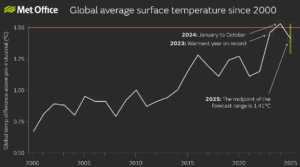This is a NY Times Magazine article with a colorful view of Nevada’s debates about lithium mining, heavily from a frame of view around Patrick Donnelly, the pugnacious head of the Center for Biological Diversity in Nevada. Sample:
The proposed mine, the company replied, would be in Pahrump, Nev., a town where Donnelly did his grocery shopping. The precise location was next to Ash Meadows National Wildlife Refuge, a beloved and biodiverse wetland near Donnelly’s home.
“Just saw your map,” Donnelly’s message began. “I would abandon that project right now, because you stand zero, and I mean zero, chance of getting it permitted.” He ended, “No chance that mine moves forward.” [The threats then get more specific; click to read more.]












